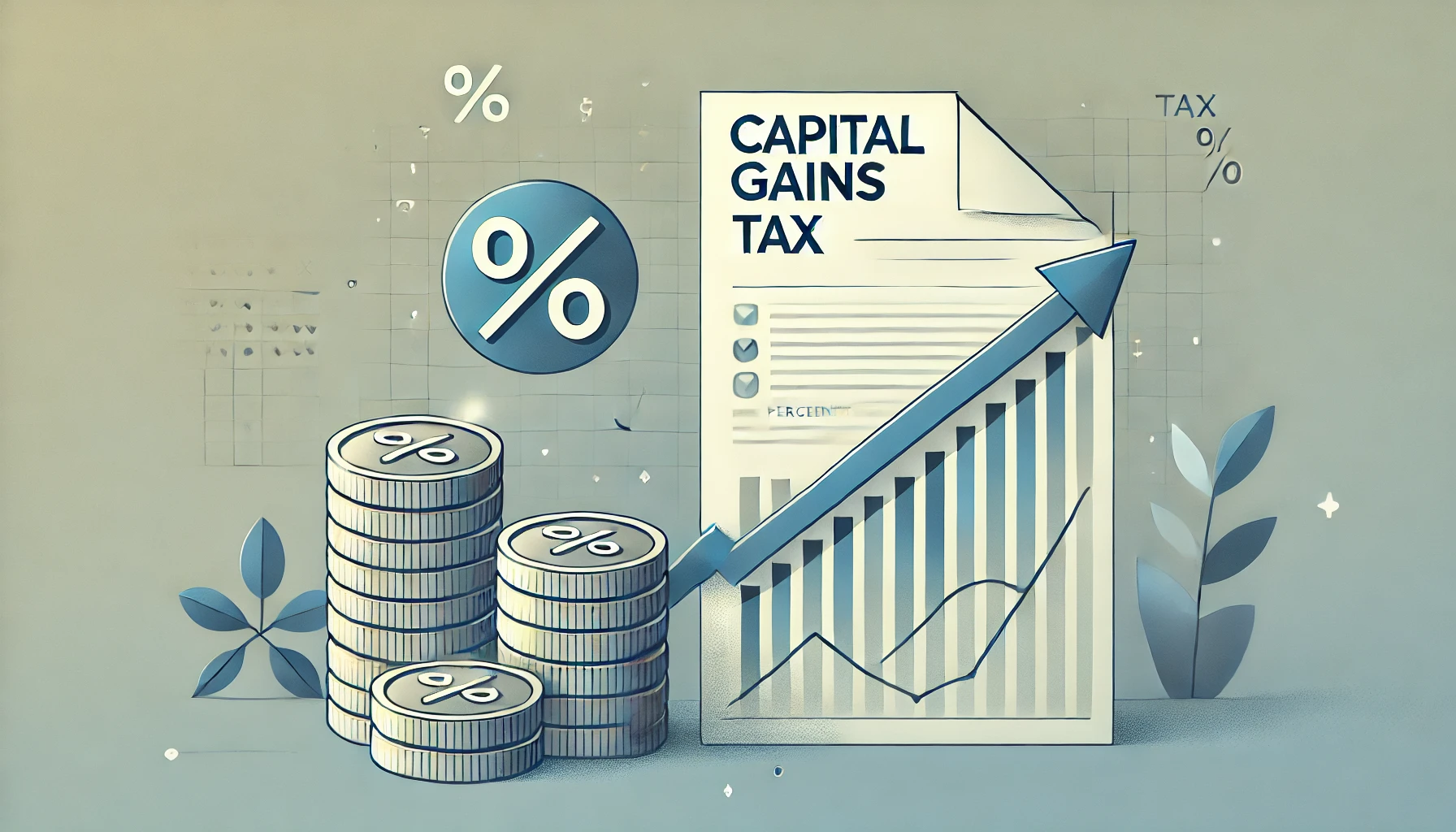Who Was Supposed to Be Impacted vs. Who Actually Would Have Been
When the increase to 66.67% was first announced, the government positioned it as a measure that would primarily impact the wealthiest Canadians—those with significant investment portfolios, corporate holdings, and large capital gains. The narrative suggested that only a small percentage of taxpayers, around 1.3% of Canadians, would be affected. However, this overlooked the reality that capital gains tax applies to far more than just high-net-worth individuals.
Many middle-class Canadians—including small business owners, real estate investors, farmers, professionals with holding companies, and even cottage owners—stood to see significantly higher tax bills. The increase would have affected not just the ultra-wealthy but also everyday Canadians who had spent decades building wealth through investments. Ultimately, the proposed changes created widespread concern about the rising tax burden on long-term savings and retirement plans.
Optiml Has Rolled Back to 50%—And What Comes Next
The Optiml team continuously updates our platform with the latest tax information to ensure your results align with current tax laws. As of February 7th, 2025, Optiml has been updated to reflect the new inclusion rate and related exemptions. These updates coincide with the CRA's implementation of the new tax rules. With the government's delay, we at Optiml have updated our platform to reflect the current 50% inclusion rate. This means that all tax optimization calculations will no longer assume the increased rate, ensuring that your financial projections remain accurate under today's tax rules.
That said, we know that tax policy is always subject to change. To help users prepare for potential future adjustments, we'll be introducing an advanced settings toggle that allows for stress-testing different capital gains scenarios. This way, you'll always have the tools to make informed, tax-efficient decisions—no matter what happens in the future.
Hopefully, the Last Time We Talk About This
While the delay is welcome news, it remains to be seen whether the increase will resurface in 2026 or beyond. For now, Canadians can breathe a little easier, knowing their investment gains, business sales, and retirement plans won't face unexpected tax hikes—at least for the time being.
At Optiml, our mission is to help Canadians minimize lifetime taxes and maximize financial security. If you're wondering how these changes impact your financial plan, log into Optiml today and ensure you're making the most of the current tax landscape. Let's hope this is the last time we need to write about this topic!



